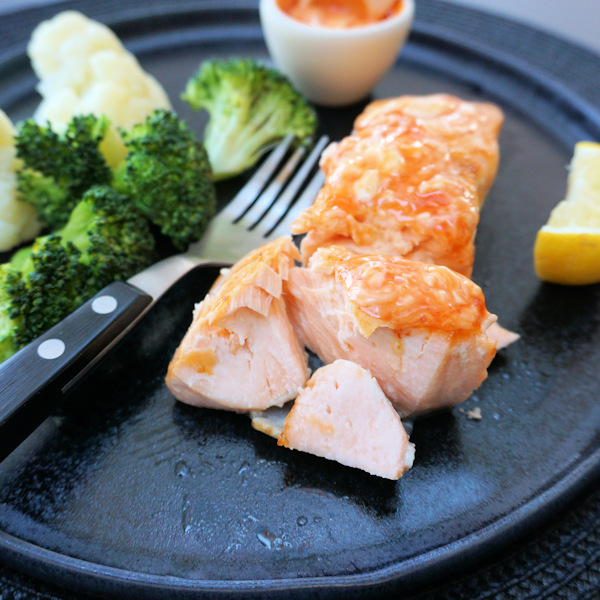If it’s fish for dinner tonight, it’s the most likely to be salmon in any UK household. Unless it’s a fish and chips takeaway of course.
Salmon is non-threatening. It’s neatly cut into fillets, with just a bit of skin suggesting its fishiness. There’s no head, unless on the fish counter that many never frequent. It’s the chicken of the fish world: easy to cook, rich on the protein and with those omega-something to boot.
If only it was all that simple!
The first issue to consider is the sustainability – if you thought wild fish caught close to home (that is in the Atlantic) was the best, it’s wrong: Atlantic salmon is on the MCS Fish To Avoid list as it’s vastly overfished.
Farmed then, right? Plenty of salmon farms in Scotland, so that must be our fish of choice? Again, not exactly. Scottish salmon farms are not all good guys so only fish with Aquaculture Stewardship Council’s approval on the label is advised to buy. Many Scottish farms are guilty of polluting the oceans with waste, disease and chemicals (or escapee salmon) leaked from the pens, while feeding the salmon with fishmeal, which depletes the wild.
It's not exactly the picture of healthy food either, since farmed salmon might be stuffed with antibiotics to protect them from disease, or toxins ingested through eating fish-derived feed.
But that’s all not to say we should quit eating all salmon, to the contrary in fact. It is a great source of omega-3 fatty acids (joking aside), it’s tasty and it’s versatile. We should just pay a bit more attention to where our food comes from – and that should be good practice whatever we’re about to buy in fact.

The best choice is Pacific wild caught salmon, the pink, red (sockeye) and keta varieties. It will more often than not be frozen (or defrosted, watch out for that supermarket con of displaying ‘previously frozen’ in very small print on the posh fish counters) as it has to be transported to the UK from Alaska. But salmon actually does not suffer being frozen and defrosted very badly and is usually as tasty defrosted as fresh.
Other, cheaper options will be ASC-certified farmed salmon, from Scottish or Norwegian farms, so make sure you read the labels carefully. And finally, we can now cook the fish!
Simply grilled salmon fillets are hard to beat – but you can as successfully roast them. Perhaps with a maple syrup glaze, with sweet potato and tahini sauce, or wrapped in foil and stuffed, surprisingly, with blue cheese?
You can also bake salmon fillets or a side at low temperature, achieving a result similar to gently poaching, steaming or cooking sous-vide. Perfect to serve at room temperature.
You can make a one-pan dish baking a tray of salmon with potatoes or salmon with broccoli. And any leftovers from baked salmon will make delicious salmon pâté.
Salmon scraps can be used in excellent chunky burgers, and added to other fish scraps – perfect fish pie. Salmon is also great stir fried, poached in shakshuka, or not cooked at all – homemade gravadlax is a perfection. Just make sure you buy fish that’s good for you and for the oceans. Happy fishing!